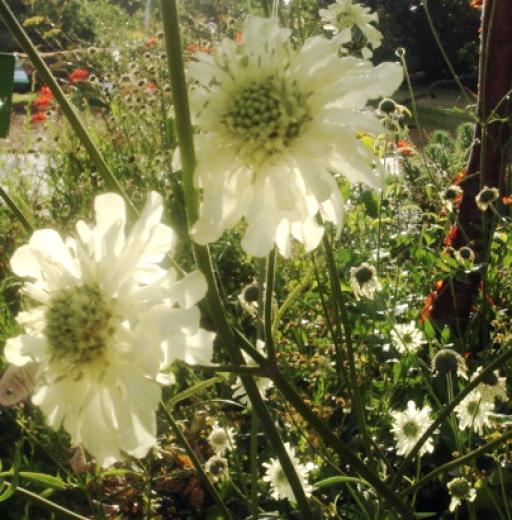
Recently Rated:
Stats
Work interests:
Affiliation/website:
Preferred contact method: Reply to post in blog/forum/group
Preferred contact language(s):
Contact:
Favourite publications:
Founding Member
Work: We supply rare, unusual hardy exotic seeds of tropical plants. Gathered fresh in Africa and sent from the UK
Favourite Publications: Calflora
The USDA zone system explained
The USDA zone system explained.
If youre new to growing exotics and youre looking through catalogues or browsing the web searching for prospective purchases, then youve probably noticed this "usda zone 8" included somewhere in the plant description.
This is the United States Department of Agriculture zone system and its use as an indicator of a plants temperature tolerance has become virtually universal amongst enthusiasts and specialist nurseries alike here in the U.K.
Note: The zones range from 1 which is the coldest to 11 the warmest.
The bulk of the U.K. mainland is zone 8, parts of the West and South West are zone 9 while a small area of central Northern England and the central Scottish Highlands are zone 7. (Central London is possibly zone 9 also.)
Although the zone system is a useful tool, it should be used with caution.
It's easy to make the mistake of thinking that because a plant has a rating of say zone 6 then it will be hardy here in the U.K.
Unfortunately, this is not the case because as you will see, there are other factors to be considered as well as frost hardiness.
My thanks go to Mr.Ramon Jordan, Research Plant Pathologist at the U.S.National Arboretum for allowing me to publish this explanation of the zone system.
The USDA Plant Hardiness Zone Map is based only on Temperature. It illustrates Zones based on "Average annual minimum temperature data". It does NOT take into consideration other environmental factors, such as those that you mention, including for example: snow, frost, day-length, days at a given temperature, rainfall, and altitude. It only shows "what is the average coldest temperature for a region". Plants listed with each region have been shown to be "hardy" at those average minimum temperatures. Having said that, every plant has a certain ability to adapt to a range of environments. Gardeners such as yourself have learned through experience where the great variety of landscape plants can (or can not) be grown. I hope this has been helpful.
Reading the above passage, its clear to see that theres far more to buying and growing exotics than just checking a plants zone rating to see if its hardy.
In the days when I used to log on to the various online forums, it was clear from the content of many of the posts that people new to growing exotics had bought plants simply on the strength of their zone rating.
As many of them had come to realize, this is a big mistake and can prove to be a very expensive one into the bargain.
Always do some research into your plants needs, because in the end it will pay dividends.
